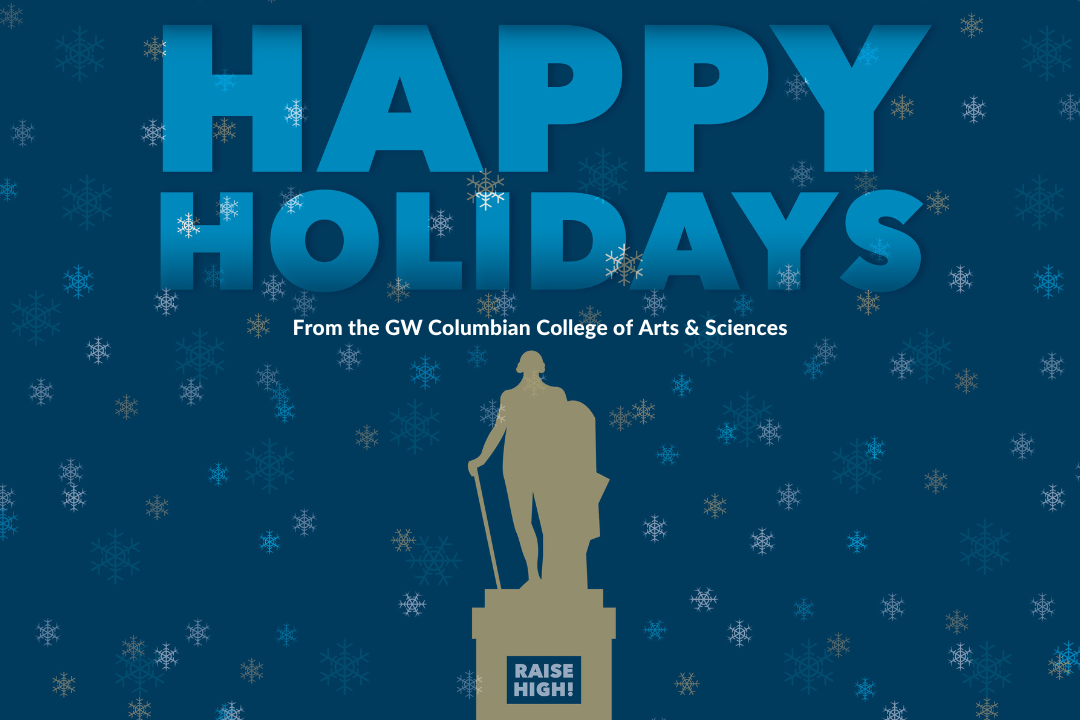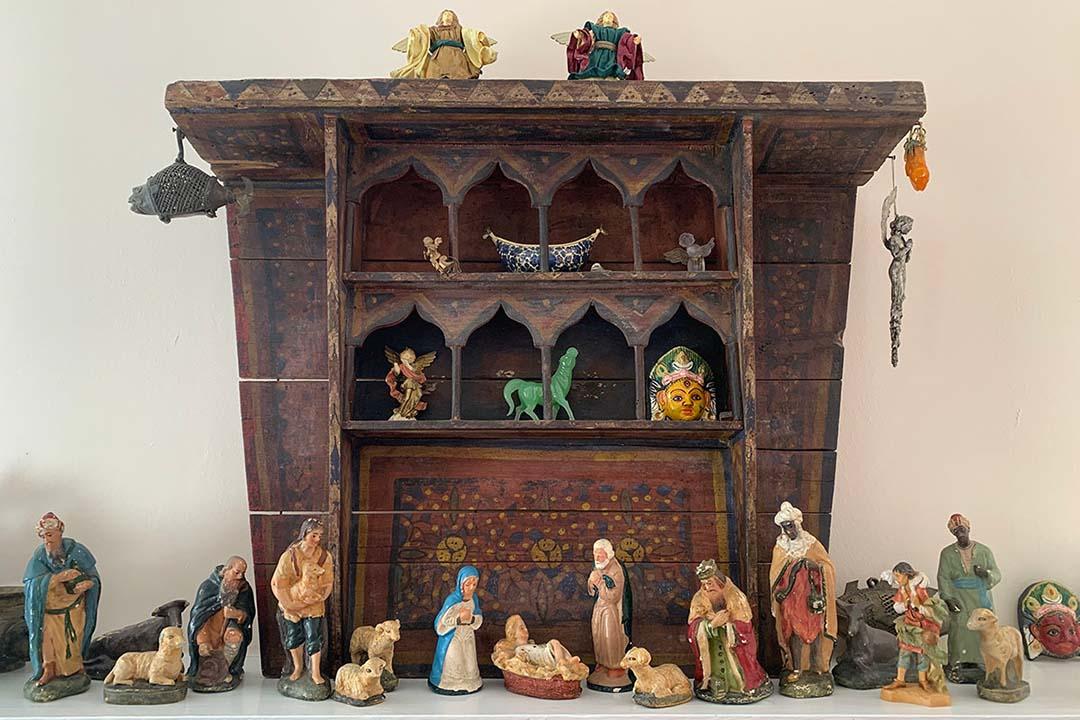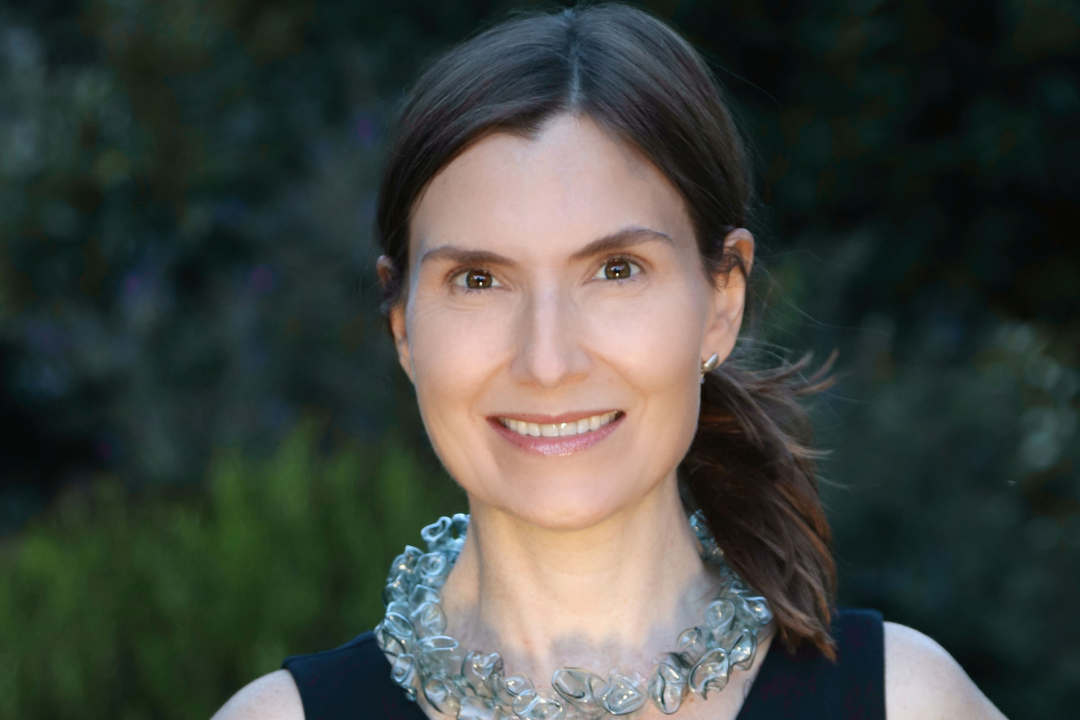December holidays bring to mind memories of childhood, traditions launched with old and new family gatherings and, for many, the comfort that comes with the meanings of Christmas, Hannukah and Kwanzaa. We asked members of the Columbian College community—students, faculty and staff—to share their favorite December holiday memories and traditions.
The holidays are extra festive in the Teitelbaum household as we celebrate both Hanukkah and Christmas. While we carry on Hanukkah traditions with extended family, Christmas has become our holiday of new traditions. On Christmas Eve, my mom and I will cook eggplant parmesan, a labor of love, and listen as she reads “Gift of the Magi.” The story reminds us to hold gratitude and appreciation for the time we have together. As the sun comes up on Christmas morning, we gather around the living room, our two cats in their Christmas sweaters, as my dad hands out gifts in a Santa hat.
The holiday tradition I look most forward to celebrating this year is Christmas caroling–Puerto Rican style. A Parranda, also called a Trulla navideña, is marked by singing traditional Puerto Rican alguinaldos, Christmas songs that emerged from boleros, tunas and salsa.
“¡Asalto!”
An uproar accompanied by numerous instruments echoes through the front door. Friends and families gather late in the evening–with instruments like güiros, maracas and pleneras– to sing well-known Puerto Rican Christmas songs such as:
“Traigo esta truya para que te levantes.
Traigo esta truya para que te levantes
¡Esta truya está caliente, esta truya está que arde!”
Once someone in the friend group surprises unsuspecting friends and neighbors and wakes them with their music, the homeowner must hint that they are prepared to accommodate unexpected guests in their living room. If so, energetic jingles will be sung, coquito–a traditional holiday drink–will be passed around as people rejoice and clap in unison.
My mother named me Imani in homage to the African American holiday Kwanzaa. Imani means “faith” in Kiswahili and is the seventh principle of the week-long celebration. African culture, music and food was an integral part of our upbringing, and in 1995 my family moved from the Washington, D.C., area to Johannesburg, South Africa. My mother was thrilled to take her young family to the motherland and relish in the traditions and principles of Kwanzaa in her everyday life. Umoja (unity); Kujichagulia (self-determination); Ujima (collective work and responsibility); Ujamaa (cooperative economics), Nia (purpose); Kuumba (creativity) and Imani (faith) are not only the principles of the celebration but ideals my mother cherished. It's an honor to continue passing those same values and morals to my son, Isaiah, as we embark on the first Kwanzaa this month with my mother as one of the ancestors. I am so grateful she left with me a legacy of a love for my culture and heritage.
Holidays can be tough times for many, and yet holiday memories can be heartening and healing. I had not put up a Christmas tree for years. But in 2020, the combination of our shared social isolation and family losses convinced me that it was time to break that historical pattern and bring some needed light and color into my home and life. Years before, my late friend and I had an established tradition that our tree would be decorated primarily with bears and beads. (What after all brightens the dull darkness of December more than bears and beads?) I pulled our ornaments out of storage, picked up a small tree and had an afternoon of decorating and warm reminiscence. The tree went up last December, too. And I think it will for many years to come—with old memories and new.
The Nativity creche display has always been the first sign of Christmas in our home. I grew up in a Catholic family, with six siblings, and the family creche was unpacked and assembled in early December on our fireplace mantle, sometimes less carefully than my mother intended, but we all valued this signal that we might start dreaming of Christmas celebrations with our extended family. On Christmas Eve, seven stockings were hung below the fireplace mantle and filled with small toys and candy. The creche and the stockings form a strong image for me of family and Christmas, and I continue the tradition with my family. The individual pieces are about 80 years old, and they are chipped and banged from wear and small hands, but I find these imperfections charming as they carry the residue of many joyful Christmas celebrations. Over the years, we added a few pieces, gifted from special friends but most of the set is old and much loved.
When my mother was in good health, she traveled from Colorado to spend Christmas with us every year. She would join us for our Christmas Eve traditions: a candlelight service, a tour of the holiday lights, carols around the piano, cookies set aside for Santa and the reindeer. Our favorite Christmas memory of “Jammie” is the year she arrived late on Christmas Eve, after our three daughters were in bed. She stole into the living room early on Christmas morning and watched in delight as her granddaughters rushed downstairs to see what surprises Santa had left. The girls were so intent on their stockings that it took them minutes to notice the best treat of all: Jammie! Such holiday memories are especially meaningful to us this year, after Jammie’s passing in October. We will bake her Christmas bread again this year, savoring the traditions she left us.
Daniel Schwartz, professor and History Department chair
Our Hanukkah traditions are pretty much standard—eating latkes (potato pancakes) with applesauce or sour cream, singing Hanukkah songs (which don’t quite live up to Christmas carols), maybe the first night playing a game of dreidel and then losing interest because it’s so boring. I remember when I had just become a father for the first time two weeks earlier, and it was the first night of Hanukkah. I was holding my son Max (now 18) in my arms as my wife and I recited the blessings and lit the candles. We lived in a high-rise apartment in the Riverdale section of the Bronx that looked out onto the Hudson River. I can still see the reflection in the window of the flickering lights and of my infant son in my arms. It’s a poignant memory.
Growing up Catholic in the Midwest, we knew that Santa was keeping a “naughty and nice” list. But there is a precursor holiday, the Feast of St. Nicolas on December 6, which many Christians celebrate that acts as a harbinger for children regarding the year’s moral tally sheet. St. Nick was supposedly generous with sailors and children. Around the world, communities that celebrate know that nice kids get a little present in their shoe and those who, shall we say, have an off year will get instead a lump of coal. It’s a sort of Christmas pre-test ! Only after I married a Romanian man and our daughter was born did I come to appreciate the additional joy of St. Nicholas Day. In the gray and dark days of early December, I found St. Nick’s Day’s a joyful holiday tradition from my husband’s Christian Orthodox culture.










